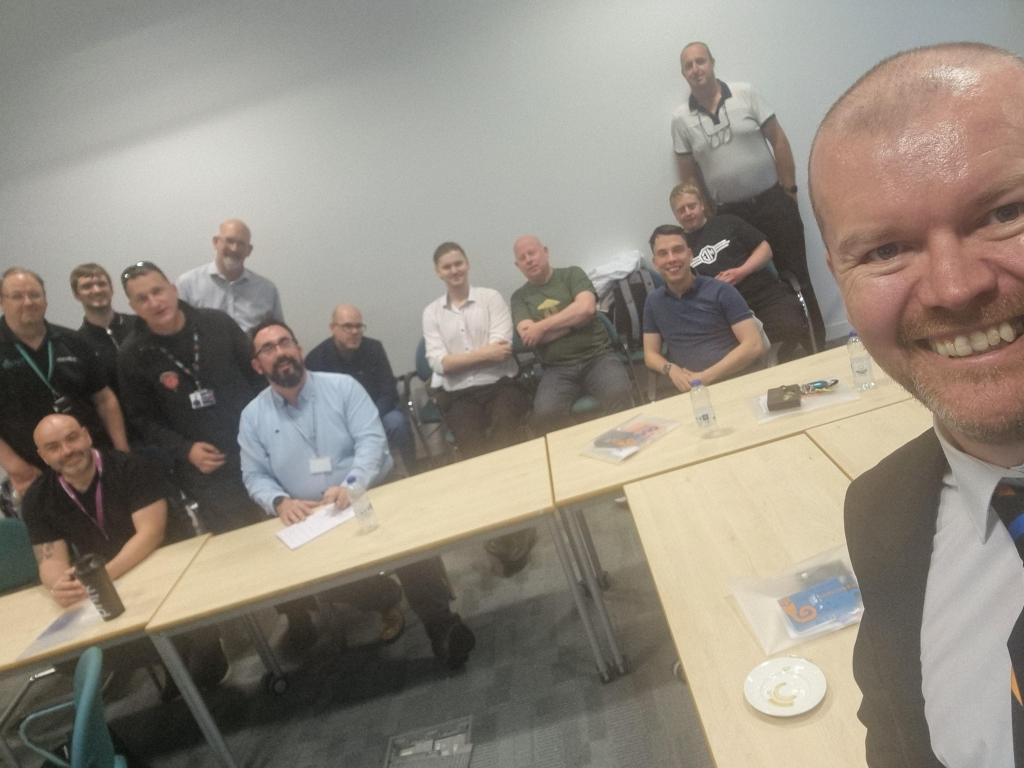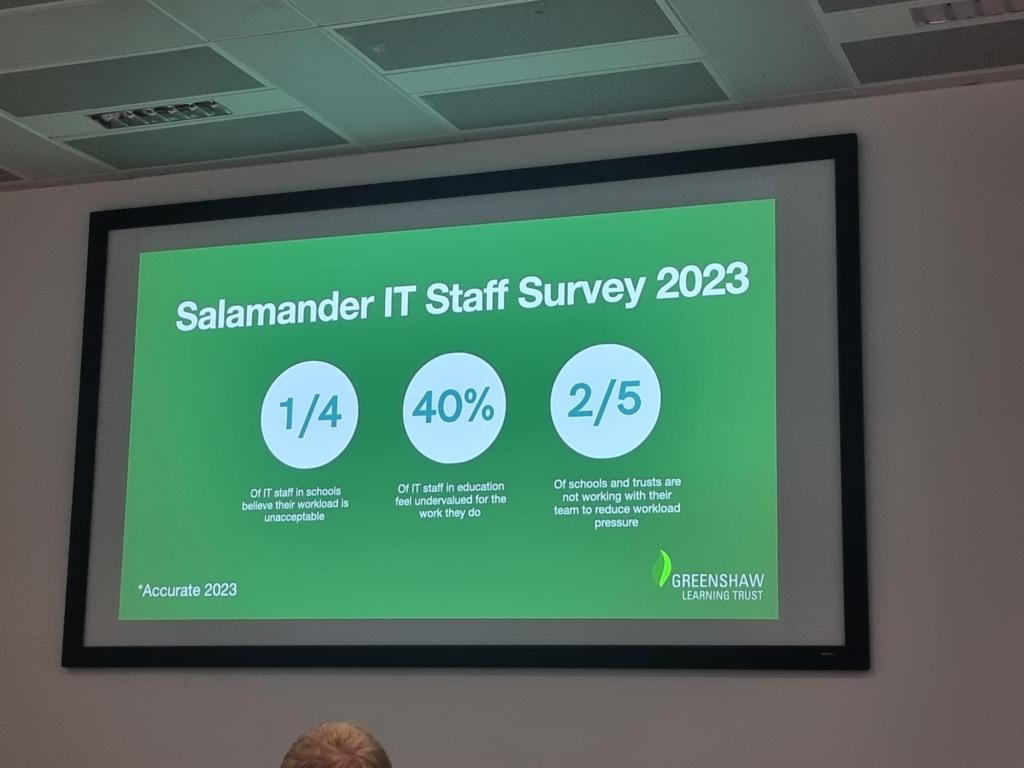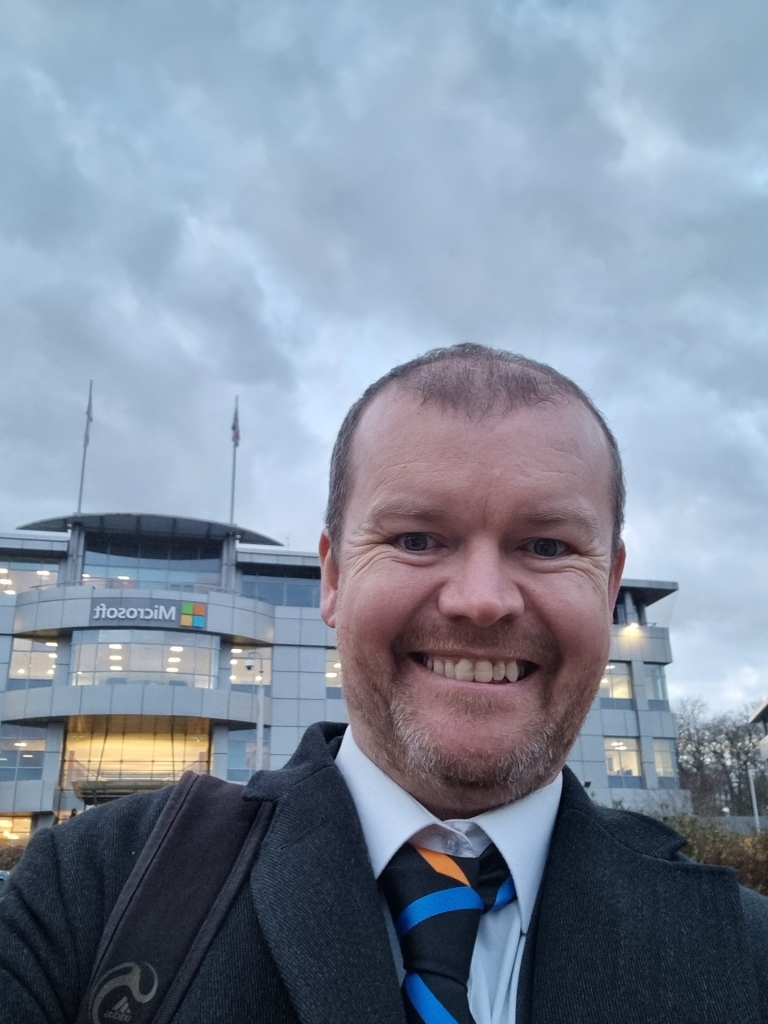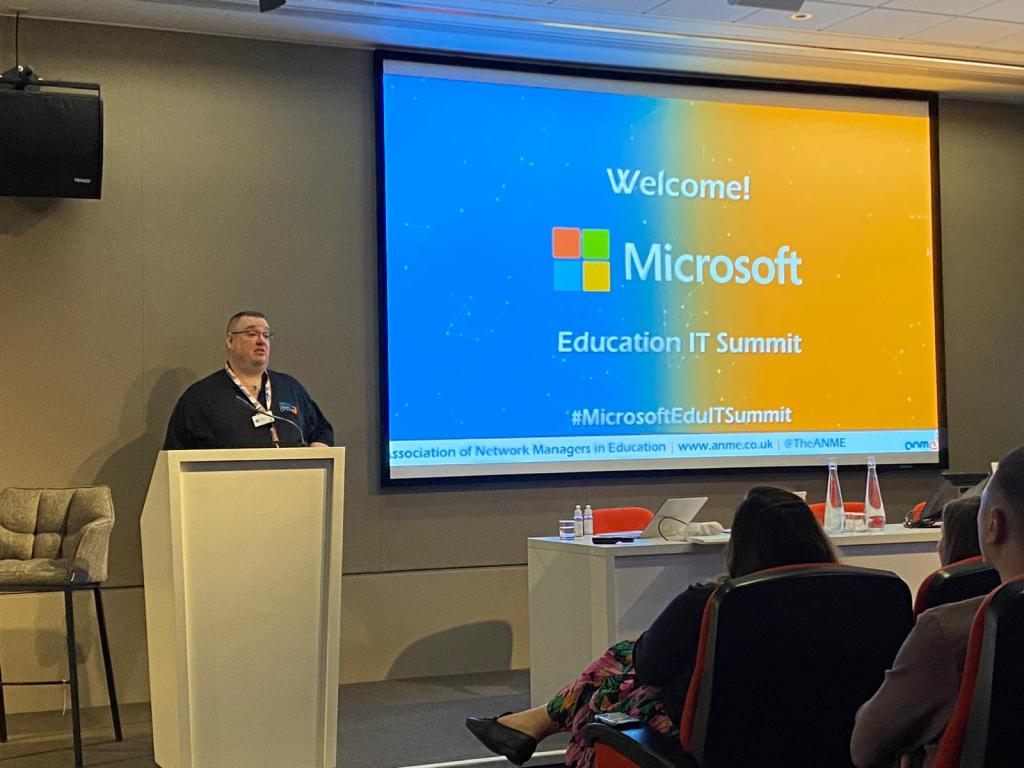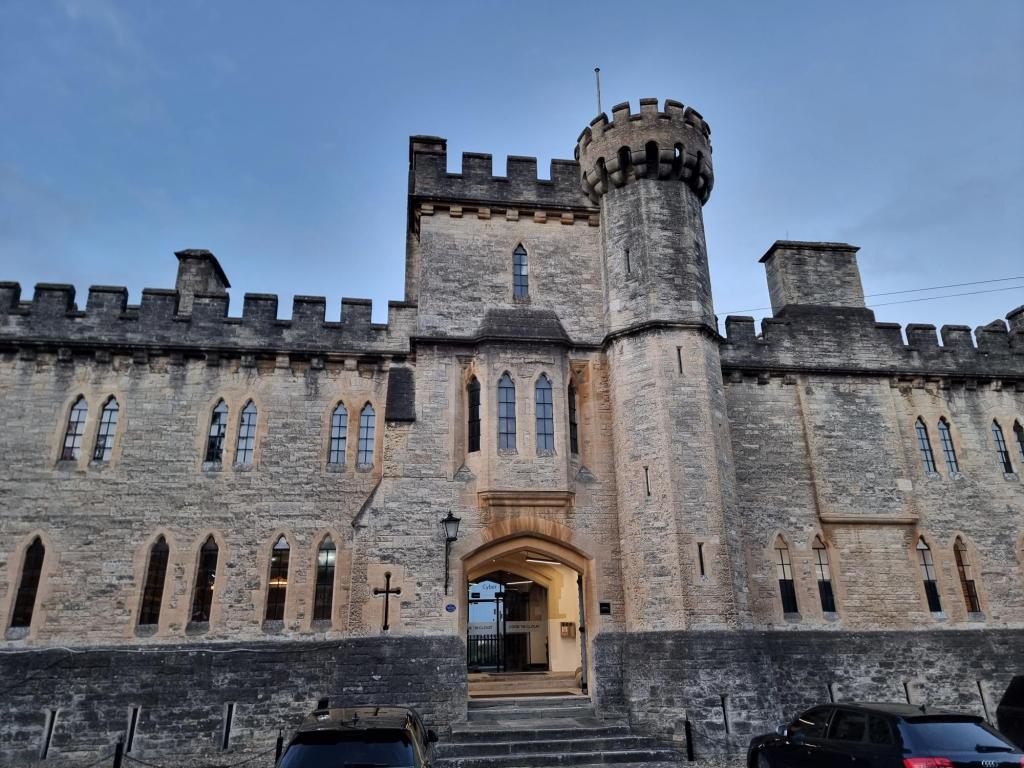
It was great to lead the ANME southwest meeting on Tuesday last week at the amazing offices of CoreToCloud. There aren’t many IT companies that I know of that can claim to have the address “The Castle” but CoreToCloud call it home. Now as is the case with me and travel, the travel to this event wasn’t without issue with the M5 being closed following a sad and tragic loss of life. And so my day started off with a good period of time in a car park, or at least that’s how the road seemed to me, before getting to the event later than planned, with a later kick off for the meeting as a result.
As always the key aim of ANME meetings is to provide a network for school IT professionals to share thoughts, ideas and issues and this meeting provided for that. There were two great presentations from ANME members firstly looking at how apprentices can be a key part of IT staffing, and how to ensure apprentices are properly developed to become an effective part of a school IT team. This presentation was made all the more powerful through the contributions of a current school IT staff member who was an apprentice but now runs a school site. Now I myself have seen the benefits of apprentice students being supported however I also understand the time required to do this. The issue of time for training of apprentices and other new, possibly young staff, often gets me thinking of the Richard Branson quote regarding the cost of training people up and them leaving when compared with the cost of not training someone up and them staying. But it does also raise the usual challenge of the finite nature of time when compared with the frenetic nature of IT roles in schools.
The event also included a few cyber security presentations from IT vendors with tools around detecting and isolating ransomware, from a data point of view rather than an endpoint based detection point of view, and on automated penetration testing. These presentations were very useful in providing IT staff with possible solutions they can consider as part of a layered approach to cyber security. Sadly, as is often the case, one of the challenges here continues to be that of budget and also of recognition as to the potential risk. How do you convince those with budgetary power of spending money, which could be spent directly and immediately on teaching and learning, on preventing a possible, future cyber incident, which may then impact on teaching and learning plus school operation.
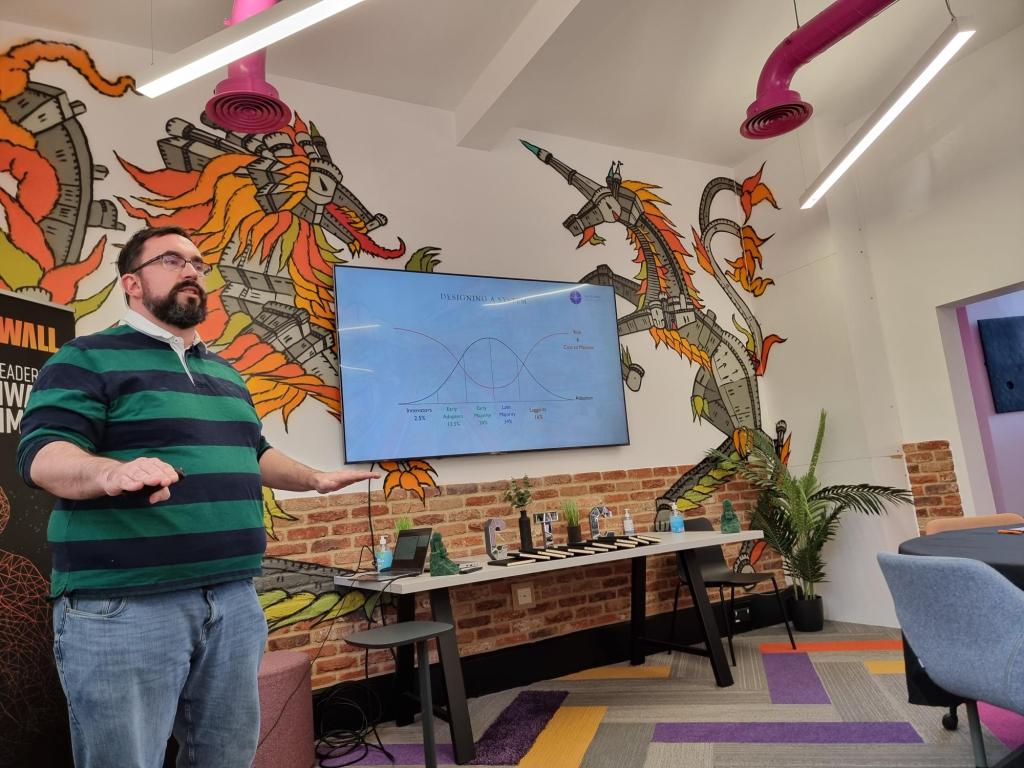
The second of the ANME member presentations was on going cloud and was one I identified with, including discussion of the sudden surge towards the cloud as associated with remote learning being brought in during the pandemic. The presentation touched on the challenges of change management as well as on resource management. It also presented how internal charging for IT services in a multi-school trust might be a useful vehicle in establishing the value of IT staff involvement and services. I was particularly interested in the discussion of professional development and professional education for IT staff in schools, as this is something I consider to be important but also something which can be difficult in terms of finding appropriate training content, cost of content and also finding the relevant time to allow it to occur. I have myself allocated time in the past for staff to do this however found it difficult to protect this time. This is definitely something I need to revisit in the future, possibly looking to allocate time but allow for staff members to arrange it themselves but with some sort of line management process to ensure the time is used and that the outcomes are meaningful and add value.
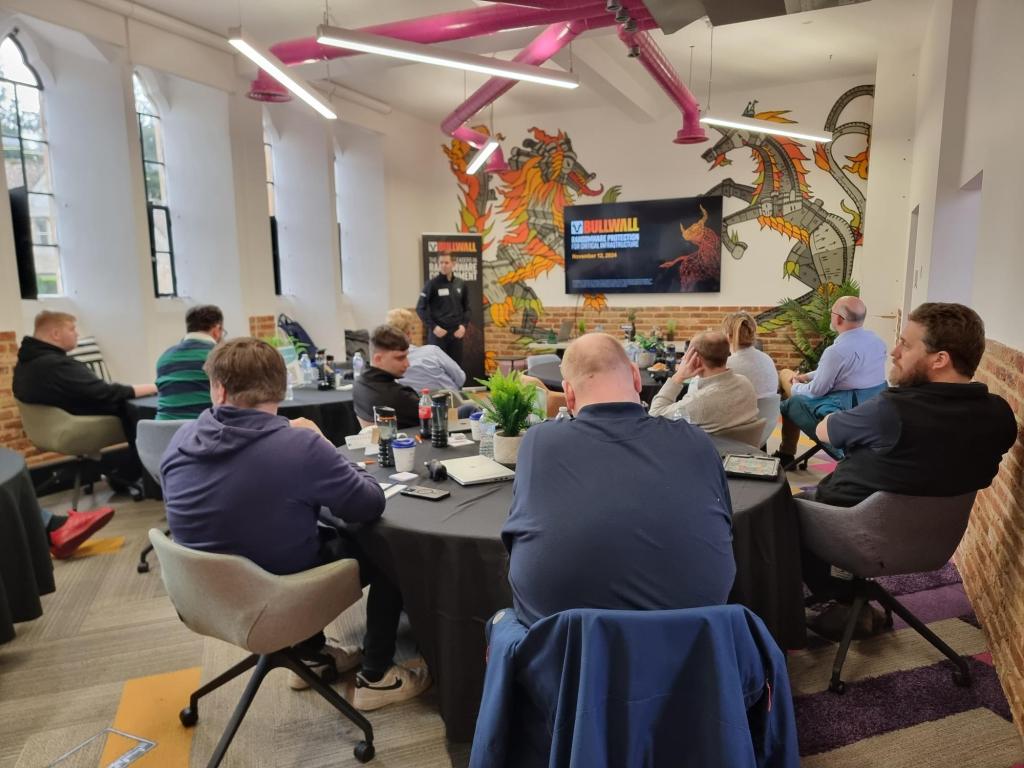
The ANME meetings continue to be a valuable space for IT staff in schools to get together and share what works, the challenges and also the things that don’t work. I continue to believe that in a world of fast paced tech change and increasing use of tech in schools, and in classrooms, there are no school leaders, technology leaders or other staff in schools who can handle things on their own. It is therefore critical to network and to share. As I often say, “the smartest person in the room is the room” (David Weinberger), so the more people we can get in the room, including the ANME meeting room, the smarter we all are collectively.
I cant wait until the new ANME South West meeting, and I hope that it sees yet more new faces joining and sharing their thoughts and ideas.


